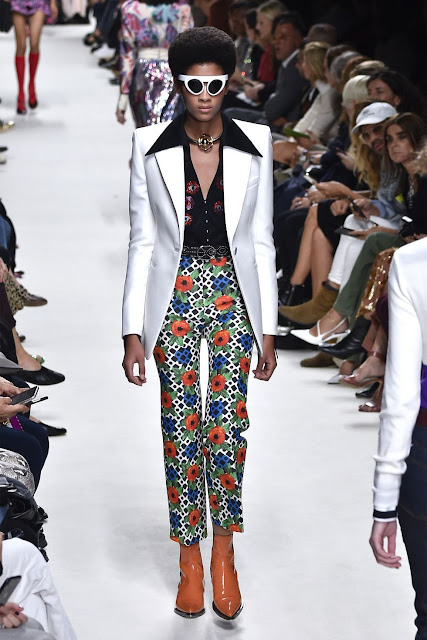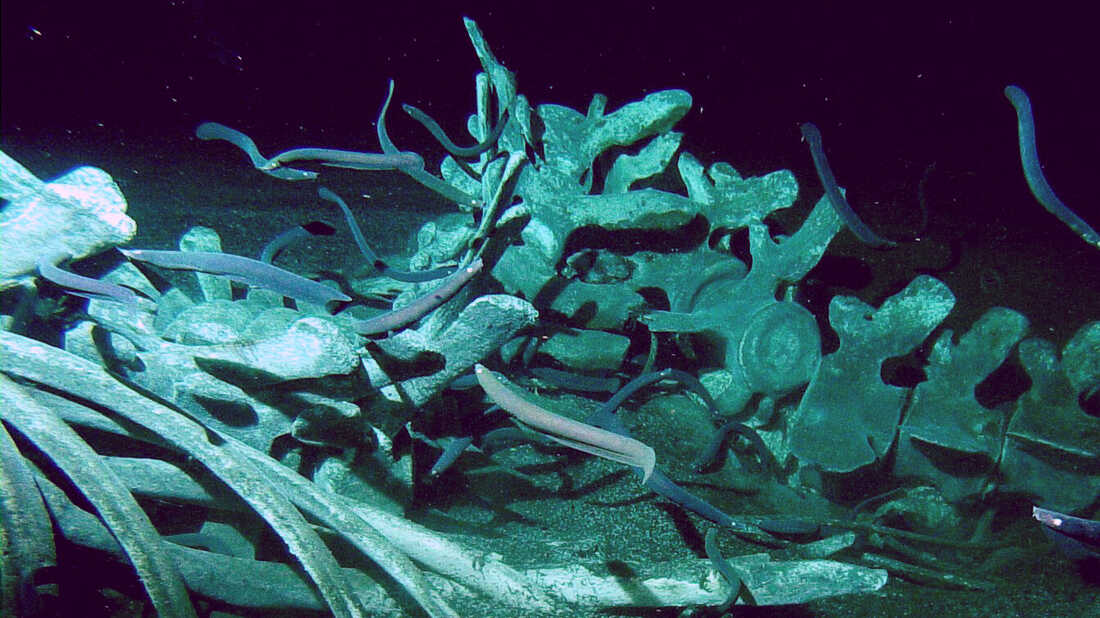In this blog, I am writing about my target audience and how I will market my show. It also includes an example of my invitation.
The first thing I considered was the demographics.
1. Age; My target audiences are aged in Generation Y. They were born in the 1980s and 1990s. 2. Gender; Female.
3. Race; My target market is Europe and Asia; therefore, Caucasian race and Mongolian race.
4. Marital status; No specific audiences.
5. Occupation; Students or work in the office.
6. Annual income; 3,000 pounds or more.
7. Education level; Graduated from University.
8. Living status (homeowner or renter); I think it does not matter, it depends on income.
I intended to sell high priced clothing, so I would most likely want to capture women with a high level of disposable income. For instance, the middle class or upper-middle-class; These groups of people who have higher managerial or professional job employment. For example, my predict price is around 1,00 pounds for a single piece of dress; the target audiences should have high salaries that they are able to afford the prices.
Then, I looked at Sociographics. This part is looking to target markets to the individual level; to know about people's personal needs, profile, attitude, social graphs, or friends.
'Sociographics are characteristics that influence the way people receive and perceive messages. This can also be directly related to the groups they belong to, that in turn define how your market behaves socially. This may then determine how your market engages with your business, products, services and brand.' (McEachran, 2011
) It is like integration to the demographic and psychographic.
(McEachran, 2011) Psychographic is looking at the needs, interests, activities of groups of people. For example, for younger aged women (University students), should have more colours, to make vivid garment designs. For age 27-33, designs should be simple, no more than three colours on clothing. Designs might be more suitable for matured females. For the youngest group, I might add illustrations print on fabrics.
Picture from McEachran's article
There are many ways to gather and analyze psychographic data. For example, interview, questionnaires, social media, etc. I think those three are the most efficient ways. An interview gives flexibility. We can create questions at the movement while chatting with the audiences. A survey is also a nice way that it is quick to complete and easy to spread out. Depend on different locations, I can use neither paper questionnaires or online version. As social media are very popular nowadays, especially young people. So that social media is a platform to research the needs of target audiences and know about their interests.
Geographic is an important factor to be considered. I need to think people's needs from the region. I think my shop should locate in a city on the main street or near the main street. To consider major people are middle class and have a higher life level. For instance, people like going shopping in Leicester, some of them, especially young adults have habits shopping online. Also, the UK has much immigration so I think its easier to have a shop here that less problem of culture shock.
The behaviour of my target audience: they are more likely to use social media; they watch TV and access to the internet. Most of them extremely comfortable with mobile devices, but 32% still use a computer for purchases. (Kasasa.com, 2019) I think it is a good choice as 'millennials have less brand loyalty than previous generations.' (Kasasa.com, 2019) They buy product and features. It is easier for me to promote a new brand. If my products attract them then can bring attention to my brand.
To invite people, I would like to use flyers or a video. I created a poster, however, to promote information about the final show, I think using flyers is more efficient. Posters are bigger than flyers and they are normally posted on a wall. That means the target audiences are easy to see them. I made a digital version, so people can see it online. However, flyers are smaller and they are handed out to individuals at a specific place where the audiences usually come. It has advantages. Flyers are easy to produce and cheaper. It is easy to read and people can get more information than reading a poster.
I am planning to make a draft video to invite people to my show. It will include an introduction to my show; and some elements to attract people, such as showing some working process, cutting fabric or drawing sketches of designs. This is a short video shows a little bit of my working process of this collection as the example here. It also will include the process of creating practical clothing of the final versions. Then, there will be an interview as a conclusion; I made a draft of the interview.
In the background, there are some artworks. I would like to create depth of field to this video that makes sure the attention of audiences is on the main charater, which is me. The location is still my desk; as I filmed the working process here, just what to make the whole video more consistent. One the left, there will be a column shows images of my 2020 collection. On the right, a short introduction to me. I will make an invitation which to introduce my collection and myself to the audience and talk about my brand.
Reference:
McEachran, F. (2011)
Understanding Sociographics in Market Research. [Online] Available from:
Sociographic. [Accessed by 16/05/20]
Kasasa.com. (2019)
Boomers, Gen X, Gen Y, and Gen Z Explained. [Online] Available from
https://www.kasasa.com/articles/generations/gen-x-gen-y-gen-z [Accessed 16/05/2020]























































